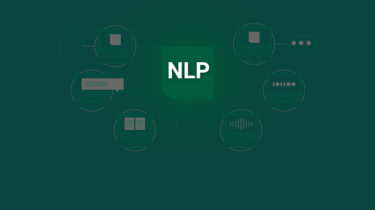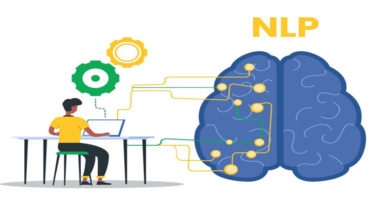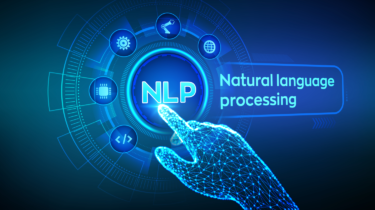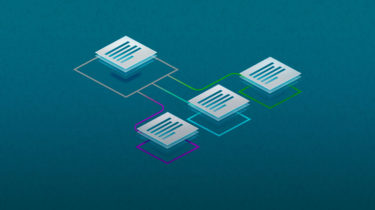Build your own AI chatbot from scratch!
This article was published as a part of the Data Science Blogathon Introduction It’s pretty simple! Today we will learn to create an AI chatbot from scratch using Intent matching and NLP algorithms. Let’s see what we are gonna do: * Prepare our dataset with questions(keywords) and respective intents. * Prepare a JSON file containing replies for each intent. * Transform our data into Tf-Idf Vectors. * Use Deep Neural Network to classify the User’s question into one of the intents […]
Read more








